This article was co-authored by wikiHow staff writer, Hunter Rising. Hunter Rising is a wikiHow Staff Writer based in Los Angeles. He has more than three years of experience writing for and working with wikiHow. Hunter holds a BFA in Entertainment Design from the University of Wisconsin - Stout and a Minor in English Writing.
There are 10 references cited in this article, which can be found at the bottom of the page.
Learn more...
When you're driving at night and you have low visibility, your first instinct might be to turn on your high beams to help you see. But is that how they're supposed to be used? Even though you may be tempted to leave your high beams on whenever you want, there are times when they become a hazard too. By the time you finish reading our guide, you’ll know what conditions are best for using your high beams and when to stick with your low beams.
Things You Should Know
- Use your high beams at night when you’re in an unfamiliar area or on an unlit street without other traffic.
- Dim your high beams when there’s an oncoming vehicle 500 ft (150 m) away, or if you’re following a vehicle within 300 feet (91 m).
- Stick to low-beam headlights when you’re in a busy or well-lit area.
- Turn off your high beams during rain, snow, or fog since they make it harder to see.
Steps
Tips
- Drive slower when you have reduced visibility, even if it’s below the speed limit. That way, you’ll have more time to stop or react to something in the road.[9]
- Clean your headlights when they look foggy to ensure your lights are working properly.[10]
Warnings
- Some people flash their high beams to communicate, but avoid doing it since it’s hard to know exactly what it means. Someone flashing their lights at you could be a warning that there’s an animal in the road, that your vehicle is hard to see, or that there are police speed traps nearby.[11]
References
- ↑ https://portal.ct.gov/dmv/-/media/DMV/DMV-PDFs/r12eng122019.pdf
- ↑ https://apps.azdot.gov/files/mvd/mvd-forms-lib/99-0117-print.pdf
- ↑ https://onlinepubs.trb.org/Onlinepubs/trr/1974/502/502-006.pdf
- ↑ https://transportation.wv.gov/DMV/DMVFormSearch/Drivers_Licensing_Handbook_web.pdf
- ↑ https://portal.ct.gov/dmv/-/media/DMV/DMV-PDFs/r12eng122019.pdf
- ↑ https://dor.mo.gov/pdf/Chapter9.pdf
- ↑ https://youtu.be/YcTplNh18Wc?t=38
- ↑ https://youtu.be/j5pMm34CoFY?t=80
- ↑ https://transportation.wv.gov/DMV/DMVFormSearch/Drivers_Licensing_Handbook_web.pdf
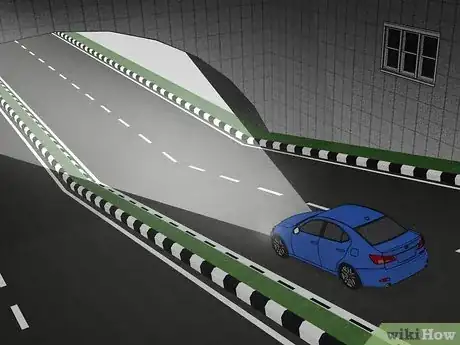
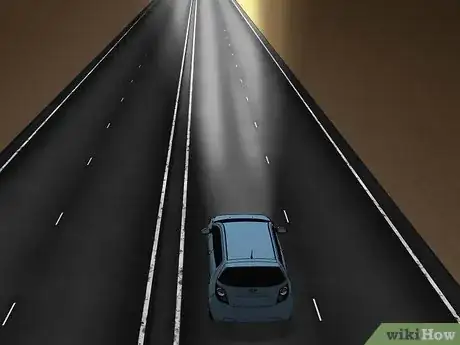
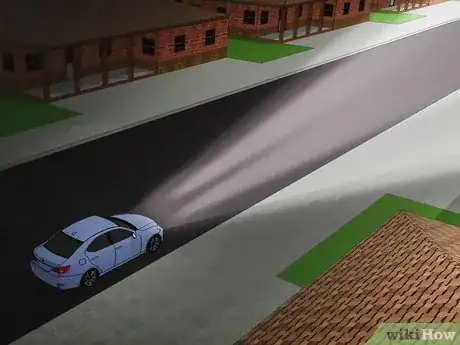




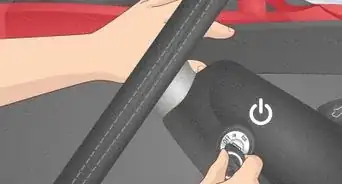
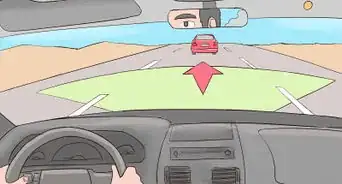
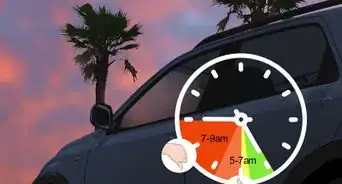
-Step-9-Version-2.webp)
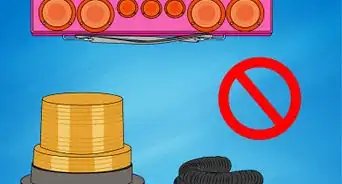
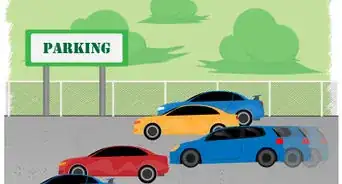


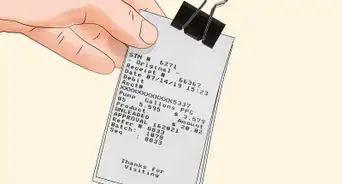
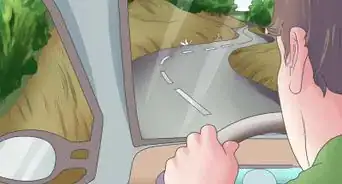
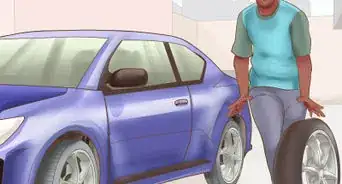
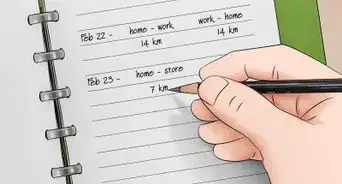








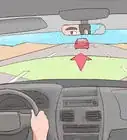
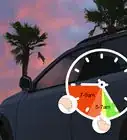
-Step-9-Version-2.webp)


































